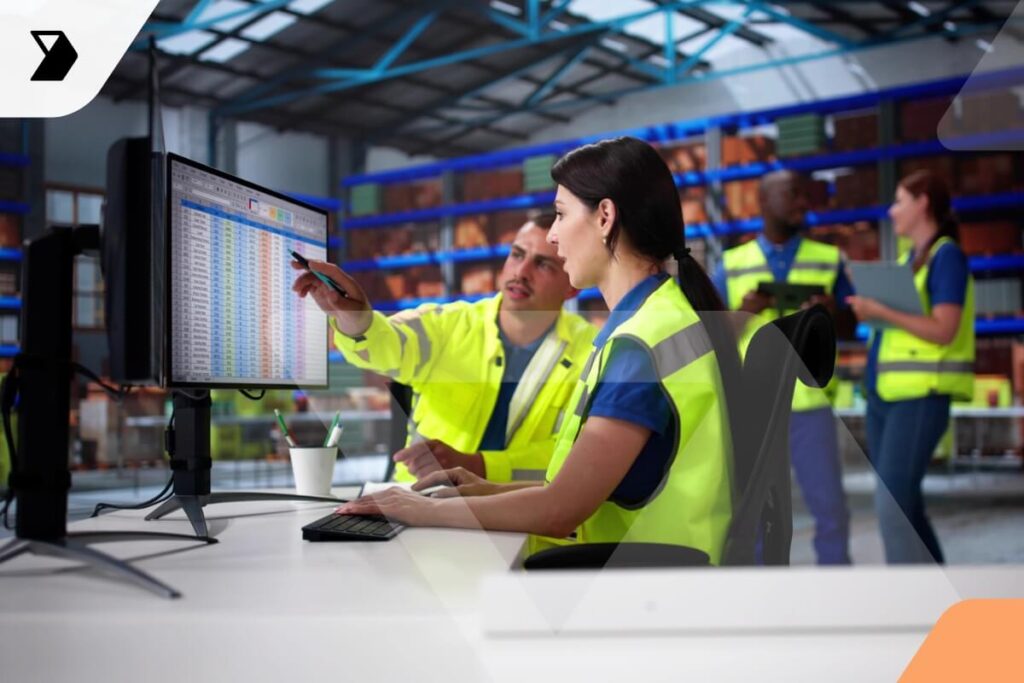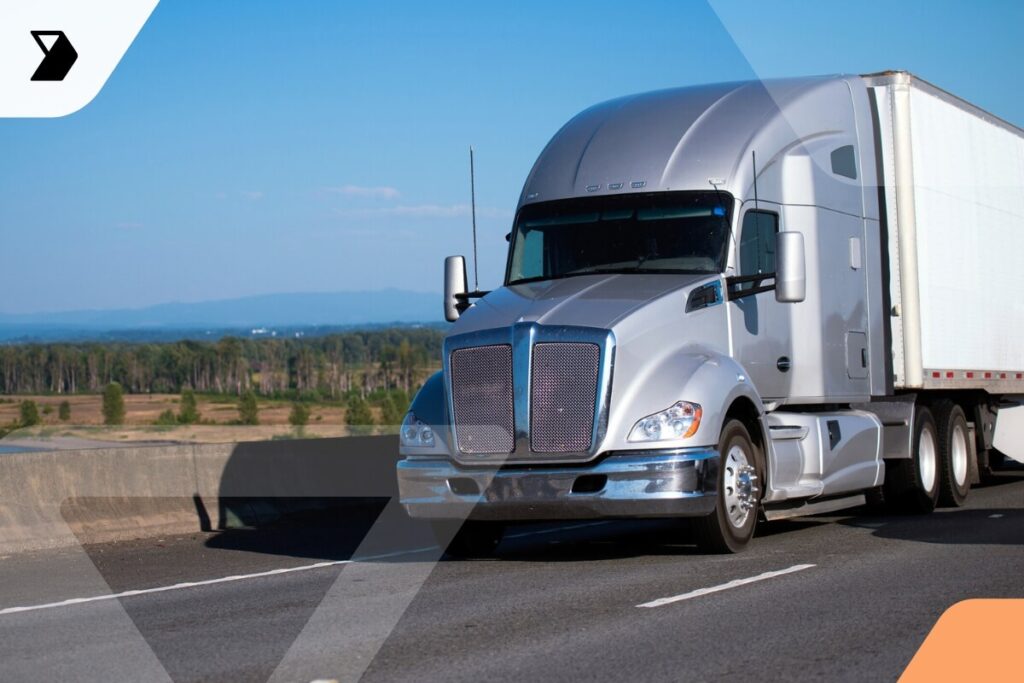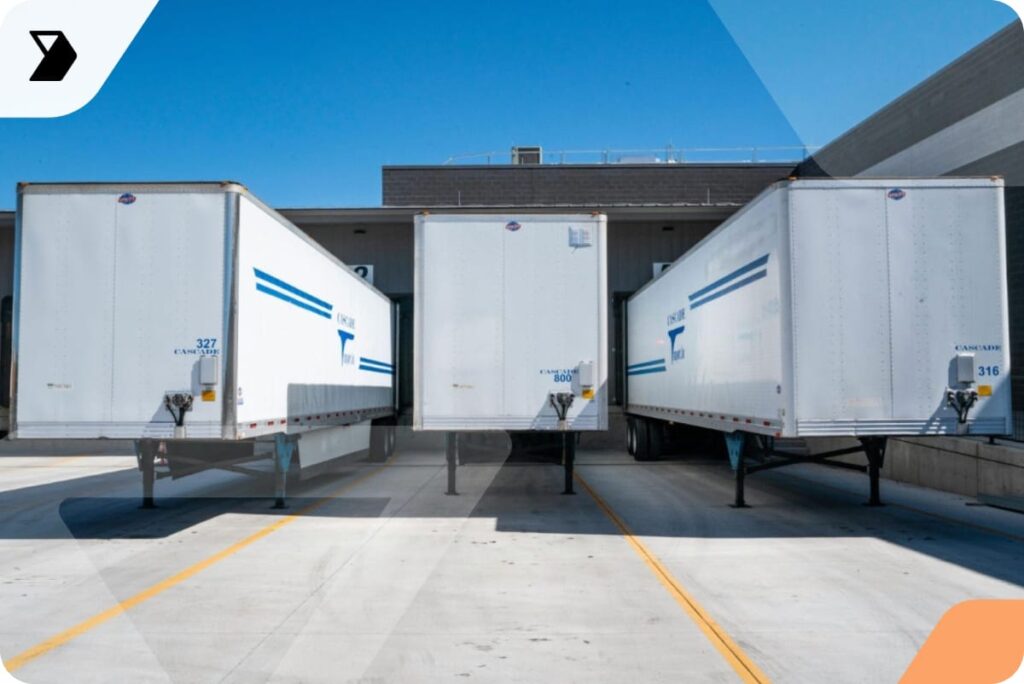Key Benefits of Electronic Bill of Lading (eBOL)
In the past, a traditional Bill of Lading (BOL) was a necessary — but hated — piece of paper(s) that had to be moved, kept accurate, and hopefully not lost in the sea of disorganization that was the shipping industry. The electronic version (eBoL) of this document has brought logistics into the age of efficiency. Below, we’ll discuss what’s needed for an electronic Bill of Lading to be considered a useful digitized masterpiece. Why Is Electronic Bill of Lading (eBOL) Popular? The eBOL revolution first won the hearts of shippers, carriers, and yard managers alike when the pandemic knocked businesses sideways..
Ready to transform your supply chain?

In the past, a traditional Bill of Lading (BOL) was a necessary — but hated — piece of paper(s) that had to be moved, kept accurate, and hopefully not lost in the sea of disorganization that was the shipping industry. The electronic version (eBoL) of this document has brought logistics into the age of efficiency. Below, we’ll discuss what’s needed for an electronic Bill of Lading to be considered a useful digitized masterpiece.
Why Is Electronic Bill of Lading (eBOL) Popular?
The eBOL revolution first won the hearts of shippers, carriers, and yard managers alike when the pandemic knocked businesses sideways. Contactless delivery became the standard, and paper documents were kicked to the curb in exchange for a safer alternative. However, the original standards for eBOLs were a bit iffy due to their immediate need and lack of adherence. Even so, the electronic version far outstripped the traditional BOL.
eBOL vs BOL
We probably don’t have to tell you the full laundry list of reasons why a handwritten Bill of Lading is bad business. Let’s just go over the big ones:
1. A missing, damaged, or lost BOL can stall or even halt the shipping process and could harm the carrier, as it’s a legal contract between the carrier and the shipper.
2. A BOL that should be identified as clean could be accidentally called dirty due to errors in the document — aka, “We read that loopy 7 as a 9.”
3. The handwritten BOL is a pain for truckers and yard workers to manage, and may negatively impact job satisfaction.
eBOLs created through an API or OCR offer a streamlined solution because they are faster to use and can significantly reduce the chance of data errors. Although the original eBOLs were not necessarily kept accurate in real time, they were faster than filling out documents by hand. However, the old standards for eBOL didn’t always address the need for constant communication and reduced costs.
The New Standards and Compliance of the Electronic Bill of Lading
In October of 2022, the Digital LTL Council introduced a set of new standards for creating an electronic bill of lading. Why they did it:
“While other eBOL standards have been developed for the industry, the Digital LTL Council says its standard is distinct in several ways. First is its ability to reduce costs and errors. It also improves service and communication across the supply chain via better visibility. That helps improve overall supply chain efficiency and secure the industry through contactless/paperless transactions.” Many companies have already taken a pledge and adopted these new standards for their eBOLs. They now use the provided uniform eBOL structure as part of their Yard Management Software. It’s no surprise given that, “Carriers estimate they could realize an additional 2% reduction in operational costs, making the industry-wide savings nearly $1.2 billion” (CCG).
Advantages of Electronic Bill of Lading (eBOL)
1. Visibility, Accessibility, and Employee Satisfaction
With a simple app, shipping data — including the eBOL — can be accessed by drivers, yard managers, and beyond for maximum visibility. Not only is this better business, but it’s also less of a headache for everyone involved. A more enjoyable way to keep track of things is nice in itself… but you know what’s really nice? A reduced employee turnover rate. Since this isn’t the 1980s anymore, employees will appreciate the efficiency of digital documentation.
2. Electronic Storage for Paperless Documentation
An innovative eBOL solution should be just one of many options within cloud-based Yard Management Software. The eBOL can be seen and used by the right people at the right time, and all of the data is stored in the cloud for instant record keeping. Instead of coughing up the money for paper documentation, management, and storage of various shipping documents, you can work with a Yard Management Software service provider to keep your data digital. Some service providers are willing to work with you to take those baby steps and provide only what you need so you aren’t paying extra just because. Your use of software features, including the eBOL, can be scaled as your operations grow. JLE Industries did it and didn’t look back.
3. Actual Factual Accuracy
That’s it (the eBOL is accurate).
Electronic Bill of Lading Adoption Challenges
According to Transport Topics, some challenges of adopting eBOL industry-wide include the learning curve, the old habit of preferring paper documents, and software integration. However, Stevens Transport drivers “…were excited to use and test out the vector technology.” Bill of Lading software that meets the new standards set forth by the Digital LTL Council can help to resolve adoption and integration challenges. It also requires a joint effort between shippers, carriers, and third-party logistics (3PLs) companies. The last challenge, legal recognition, can be handled easily — it’s legal if all involved parties agree to the exchange. Since more shippers and carriers are aware of the positive results of using eBOLs, it’s expected that the tech will become commonplace for companies of all sizes.
Go Paperless with eBOL Solution
An electronic Bill of Lading does more than put a smile on the face of drivers and yard managers. Accurate, accessible, and usable shipping data streamlines supply chains throughout the entire process. Vector’s end-to-end Bill of Lading solution can help you go paperless through a smooth and personalized transition. To get the details, send us a message.
Continue reading
Ready to transform your supply chain?
Increase efficiency and productivity. Say goodbye to delays, handwriting error and time-intensive manual data entry.



